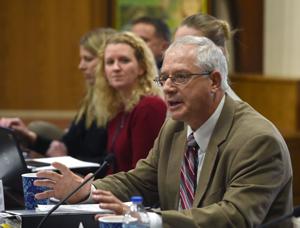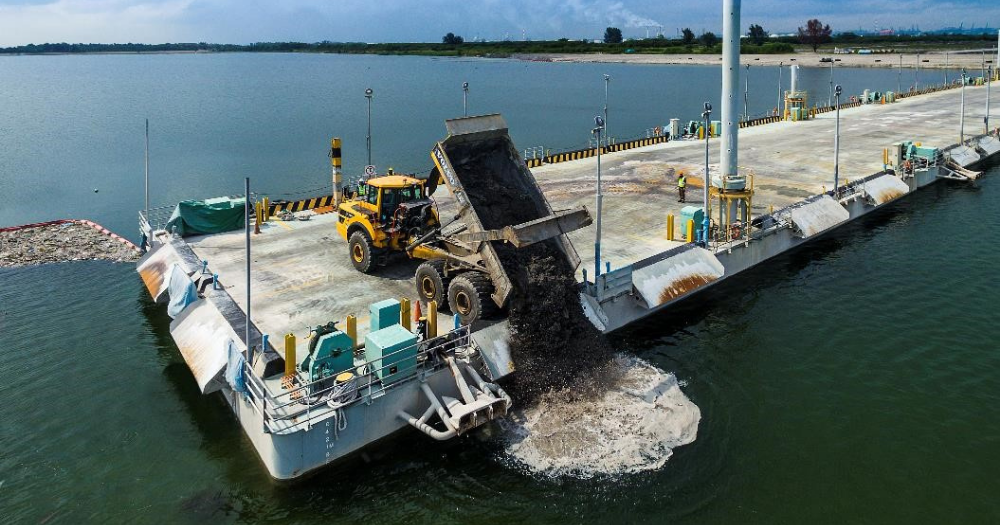
MOUNTAIN VIEW, Calif. — The United Arab Emirates has selected Thales Alenia Space to build an airlock module for the lunar Gateway despite uncertainty about the future of that NASA-led program. Representatives of Thales Alenia Space and the UAE’s Mohammed Bin Rashid Space Centre (MBRSC) signed a contract Feb.
4 to build the airlock module for the Gateway. Neither the company nor the space center disclosed terms of the deal. The airlock is the final element of the lunar Gateway, a crew-tended facility that will operate in a near-rectilinear halo orbit around the moon and serve as a staging point for Artemis missions to the lunar surface.

The airlock will allow crews to perform spacewalks as well as deploy and retrieve scientific payloads on the Gateway’s exterior. The airlock will also provide an additional docking port for visiting vehicles. “This new pressurized element is crucial for Lunar Gateway as it will be designed to enable extravehicular activities for astronauts in particular,” Hervé Derrey, chief executive of Thales Alenia Space, said in a statement.
“This new contract emphasizes even more Thales Alenia Space’s leading positions in the fields of space transportation systems, orbital infrastructures and deep space exploration.” Thales is a major contractor for the Gateway. It is a subcontractor to Northrop Grumman for the Habitation and Logistics Outpost (HALO) module, producing the primary structure of the module to be delivered to Northrop for outfitting.
It is building the Lunar I-Hab habitation module, a joint project of ESA and JAXA, as well as ESA’s ESPRIT module that will provide communications and refueling capabilities as well as an observation window. The UAE reached an agreement with NASA , announced in January 2024, to supply the airlock module to the Gateway in exchange for a seat on a future Artemis mission to the Gateway. Since then, MBRSC has been considering proposals from American and European companies to produce the airlock.
The airlock is currently slated to be the final major module added to the Gateway. It would launch on the Artemis 6 mission, using the ability of the upgraded Space Launch System Block 1B rocket to carry comanifested payloads in addition to the Orion spacecraft. That capacity will be used to send the Lunar I-Hab module on Artemis 4 and ESPRIT on Artemis 5.
The announcement did not disclose a schedule for completing the airlock module, with Thales stating only that it would work to complete early reviews of the module this year. Artemis 6 is expected to launch no earlier than 2030. Those plans for future Artemis missions, and for the Gateway itself, are in question.
The new Trump administration is expected to review and revise, if not cancel entirely, much of the Artemis architecture to cut costs or as part of part of efforts to redirect human spaceflight towards Mars. Many in the space community have questioned the need for the Gateway, since it is not explicitly needed for lunar landings: the Artemis 3 mission will attempt a landing without the Gateway, with the Orion spacecraft docking directly with the Starship lunar lander rather than the Gateway. Mark Wiese, manager of the Deep Space Logistics program at NASA that will transport cargo to and from the Gateway, said at the SpaceCom conference Jan.
29 that the Gateway remained important for human lunar exploration. “Gateway gives us that staging platform to figure out different locations we need to be on the moon and takes that quarter-century of experience from the space station,” he said. “It gives us contingency and abort scenarios to get back and really is that setup for Mars and long-term exploration.
”.















